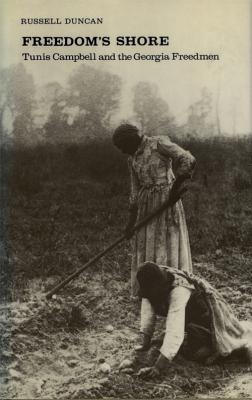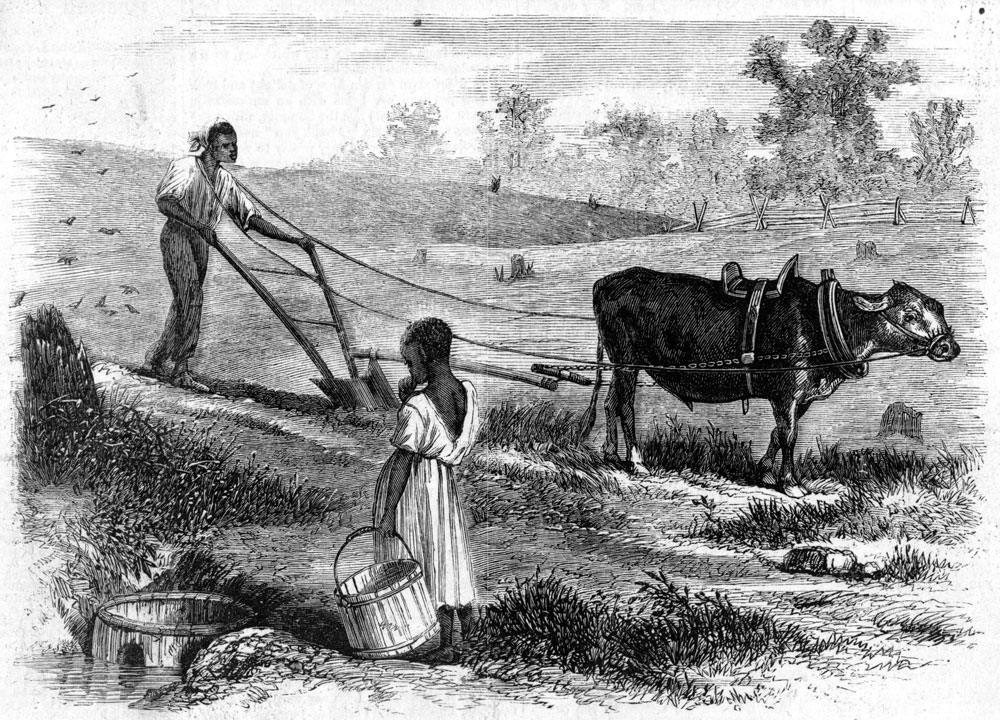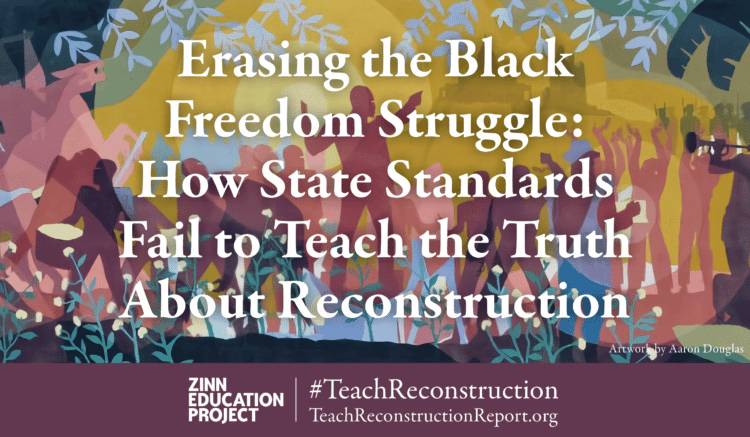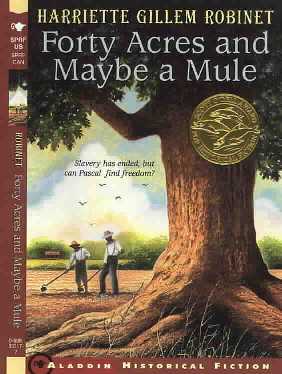 Freedom’s Shore: Tunis Campbell and the Georgia Freedmen tells the incredible story of Tunis Campbell, a Northern abolitionist minister who heads South after the Civil War to help freedpeople in Georgia. In 1866, Freedmen’s Bureau Assistant Commissioner Rufus Saxton appointed Campbell superintendent of the Georgia Sea Islands. This position allowed Campbell to distribute 40-acre plots to freed families under General Sherman’s Field Order No. 15, which encouraged the redistribution of 400,000 acres of land the government had confiscated from fleeing Confederates. On land previously owned by some of the wealthiest slave owners in the United States, 425 Black families established one of the first experiments in post-war Black self-determination. They attempted to sustain themselves by shifting their farms from producing mostly cash crops to food. They started schools and created a democratic system of governance on the Island with their own constitution, congress, supreme court, and armed militia.
Freedom’s Shore: Tunis Campbell and the Georgia Freedmen tells the incredible story of Tunis Campbell, a Northern abolitionist minister who heads South after the Civil War to help freedpeople in Georgia. In 1866, Freedmen’s Bureau Assistant Commissioner Rufus Saxton appointed Campbell superintendent of the Georgia Sea Islands. This position allowed Campbell to distribute 40-acre plots to freed families under General Sherman’s Field Order No. 15, which encouraged the redistribution of 400,000 acres of land the government had confiscated from fleeing Confederates. On land previously owned by some of the wealthiest slave owners in the United States, 425 Black families established one of the first experiments in post-war Black self-determination. They attempted to sustain themselves by shifting their farms from producing mostly cash crops to food. They started schools and created a democratic system of governance on the Island with their own constitution, congress, supreme court, and armed militia.
When the land was given back to its previous owners during Presidential Reconstruction, Campbell and many other moved inland and established another Black community in McIntosh County. It was here that Campbell helped build one of the most powerful Black political bases in Georgia. Campbell was elected as Justice of the Peace where he worked to tirelessly to provide justice to Black residents. He was also elected as a state senator where he fought for equal education, integrated juries and public facilities, the abolition of imprisonment for debt, and voting rights.
In one of the few academic texts on Reconstruction that is short enough and accessible enough to be read and understood by almost any high school student, Duncan uses Campbell’s story to tell a crucial narrative of Black power during Reconstruction. As Duncan explains, “The fear of insurrection, coupled with the knowledge that Campbell would fine or jail those who mistreated blacks, meant black power. . . White fears were not unfounded. In June 1871, the white magistrate, J. P. Gilson, had Campbell arrested on a bench warrant from Fulton County. On the day of the hearing three hundred armed blacks filled the courtroom and surrounded the building. Campbell had notified them of the trial by having the black bailiff, Hamilton Jackson, spread the word through the militia organization. Describing the blacks’ reaction to Campbell’s arraignment, one observer commented that, ‘before Judge Gilson, a large number of Negroes were present acting in a very excited and threatening manner and evincing a demonstration to resist by force of arms his [Campbell’s] imprisonment. . . this gathering was called by Campbell and controlled by him.’ Another white citizen predicted that ‘if they had put him in jail the n—–s would have put the jail in the River.’ Bowing to his fears and to Campbell’s power, Gilson released him.”
It was this power that allowed Campbell to stay in office for several years after Reconstruction had ended in Georgia. Russel Duncan’s Freedom’s Shore is an important antidote to most textbook’s problematic treatment of the era that focuses on the battles between Congress and President Johnson and the white backlash. Stories like Campbell’s need to make their way into the classroom and Freedom’s Shore is a good place to start.
ISBN: 9780820309057 | University of Georgia Press
Learn more in the Zinn Education Project national report, “Erasing the Black Freedom Struggle: How State Standards Fail to Teach the Truth About Reconstruction,” and find teaching resources on Reconstruction below.










Twitter
Google plus
LinkedIn